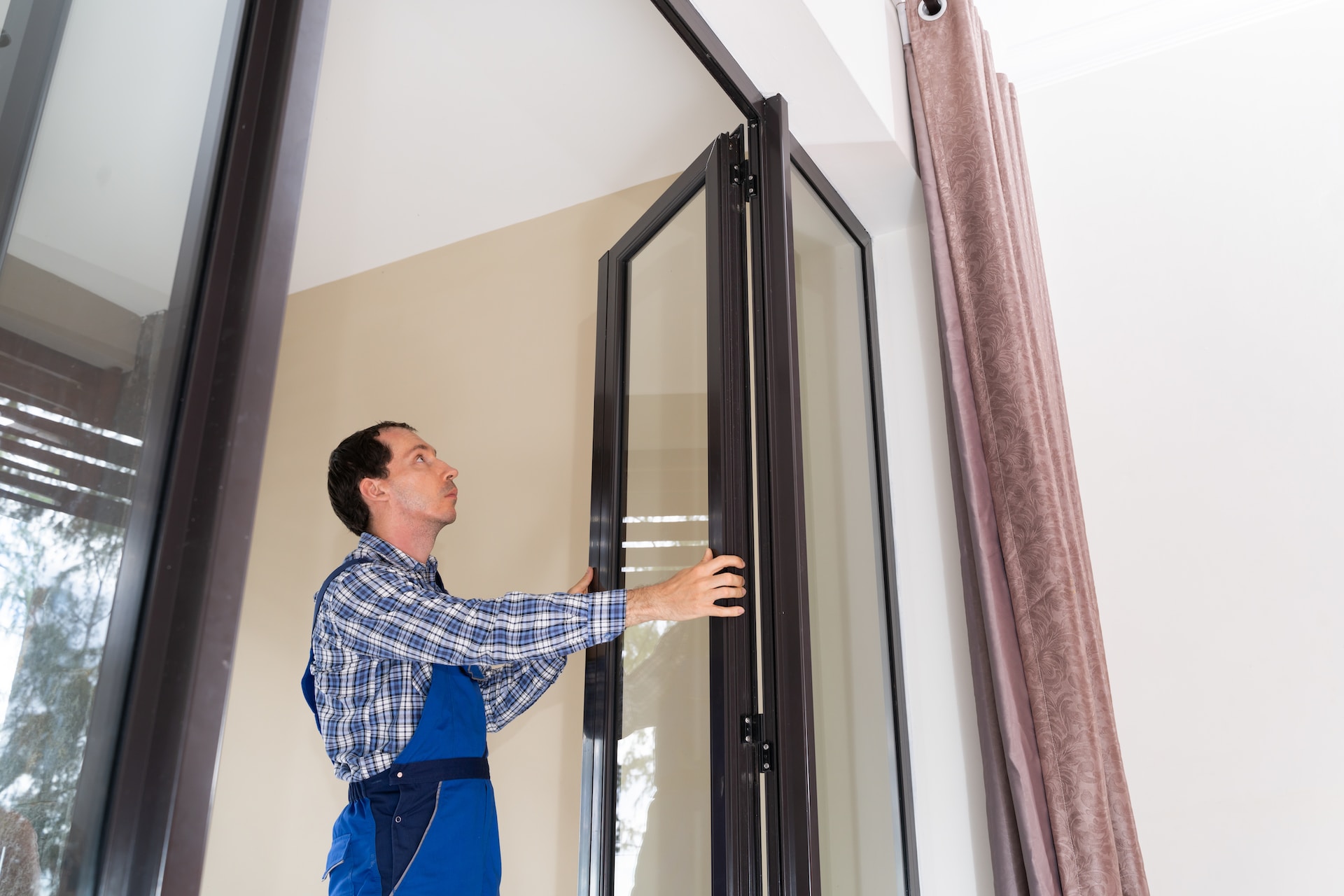Mold is often seen as something that can be incredibly toxic, and when large amounts of it are found in the home, it’s easy to be worried about the impact it’s having. But what if the mold isn’t visible? It’s just as dangerous, but there’s no easy way to tell it’s in the home – and impacting everyone’s health – without proper testing. Homeowners are encouraged to have indoor air quality testing done regularly to check for hidden mold and other contaminants, so they can be removed, and the air quality can improve as quickly as possible.

How Mold Grows and Moves
Mold can grow indoors or outdoors, as long as it can take hold in a place with a lot of moisture. This means the mold isn’t always growing where it’s easily visible. If there’s a minor leak inside the walls, it might not be easy to detect the leak until it starts damaging the walls or flooring. Meanwhile, the mold can grow inside the wall thanks to moisture. Mold can grow on just about any surface and doesn’t require light, so it can be hidden inside the home.
Mold spores are common outdoors and can enter a home through doors or windows that are open, ventilation for the home, and the HVAC system. It can also come in on clothing or shoes. Once the spores are inside the home, if they find a place that has high moisture, they’ll start to grow. Porous surfaces like paper products, walls, wood, and fabrics are especially susceptible to mold growth, and the mold can start growing rapidly once it lands in an area with suitable moisture.
Air Quality and Mold
Anything in the air is breathed in and can impact a person’s health. In areas with low pollution outside, this isn’t going to be much of a problem. Indoors, however, can be different. Just because the air is fresh outside doesn’t mean the indoor air quality will be good. If there is mold or other contaminants in the house, it can have a negative impact on air quality and contribute to or cause medical conditions for those who live in the home.
Having good indoor air quality is crucial. Once the air quality declines, those in the home may notice they get sick easier, have health conditions that they didn’t have previously, or that they just can’t breathe as easily as they could before. It’s important to have the air quality tested regularly to make sure it is good and that everyone inside the home is breathing in fresh, clean air.
Potential Medical Concerns
Those who are exposed to mold in the home and reduced air quality may find they have cold symptoms more often. They may have a stuffy nose, a little trouble breathing easily, and itchy eyes or skin, similar to allergies. Those who are immunocompromised may be more susceptible to infections if the air quality is poor, and those who have allergies may end up more sensitive to potential mold in the home. They may also have more intense reactions, including shortness of breath or fever. In young children, mold exposure may lead to the development of asthma, especially if they were already susceptible to it. Further studies are ongoing to test links between mold exposure and more severe illnesses.
Testing Air Quality
Even if mold isn’t visible in the home, it could still be impacting the air quality indoors. Mold inside the walls, for instance, can lead to diminished indoor air quality and medical concerns for those who live in the home. This is why indoor air quality testing is crucial. These tests make it easier to tell if there is anything, including mold, impacting the quality of air indoors and what is needed to have cleaner, fresher air. Homeowners may opt for an indoor air quality test regularly to make sure the air is healthy or may decide to have a test done if they notice respiratory symptoms in anyone living in the home.
Air quality tests generally take an hour or two to complete and include a visual assessment, humidity checks, and air sample collections. Tests done can be specific to the home and the homeowner’s potential concerns. Along with testing for mold, the tests can check for VOCs, radon, asbestos, and more. Once the tests are done, and samples are analyzed, homeowners receive a report that reviews everything that was found and how the indoor air quality can be improved.
Getting Rid of Mold in the Home
If there is an indication of mold growing in the home, there are steps that can be taken to correct the issue. If the mold is toxic, it’s a good idea to let a professional handle the removal. Otherwise, homeowners can begin by eliminating the excess moisture in the home. Once this is done, any porous surfaces that have been contaminated should be removed and replaced. This includes carpeting, drywall, insulation, and other surfaces the mold may be growing on in the home.
Hard surfaces can generally be cleaned and dried to eliminate mold. Water and a cleaner should be used to eliminate any mold on these surfaces, and then they should be dried quickly to prevent further mold growth in the area. Commercial products are available to help with cleaning up mold, or a small amount of bleach can be diluted with water and used.
Home should be the one place that’s safe, but if the air quality is poor because of hidden mold growth, it may not be the safest place to be. Instead, if there’s a concern that mold may be growing in the home, air quality monitoring is needed. Clean Air Carolinas can test for mold in the home and help monitor the indoor air quality to make sure everyone in the house is breathing in the fresh air. Visit https://cleanaircarolinas.com/ to fill out the contact form and request testing, or call 704-628-6887 to schedule an appointment today.




